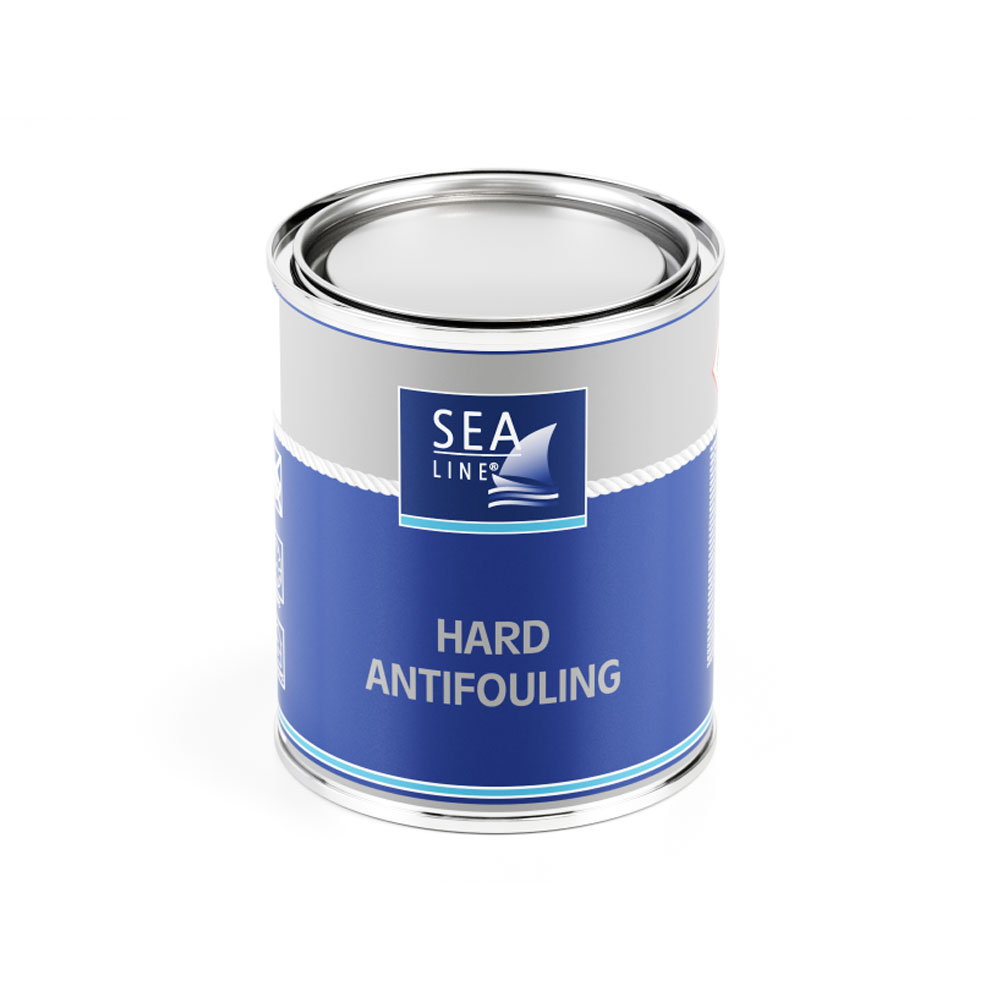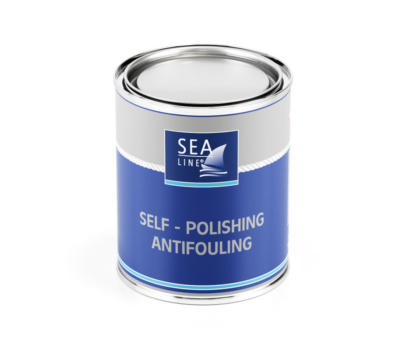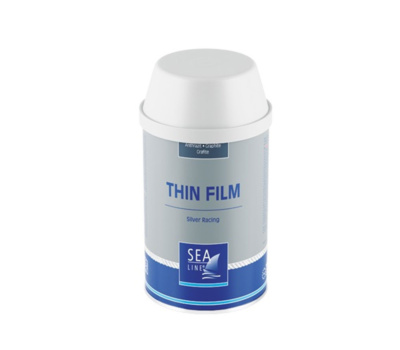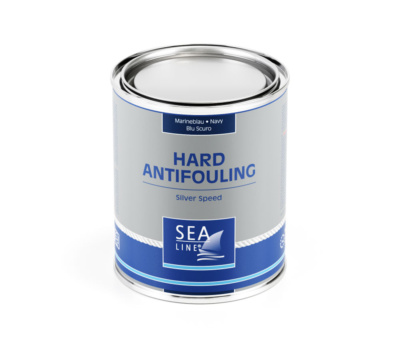Hard antifouling is a hard antifouling paint recommended for owners of motorboats and sailboats moving at speeds up to 70 knots.
| Color | Capacity | Code |
|---|---|---|
| dark blue | 750 ml | 300008284 |
| dark blue | 2,5 l | 300008288 |
| red | 750 ml | 300008286 |
| red | 2,5 l | 300008289 |
| black | 750 ml | 300008282 |
| black | 2,5 l | 300008287 |

Exposure of a freshly applied antifouling paint to moist air can lead to color change. The discoloration is only superficial and does not affect the effectiveness of the antifouling paint. Due to the content of copper oxide, a small color difference between the parts of the antifouling paint is acceptable.
Manually:
Spray:
| Type | GRP laminates, wood, Steel | |
| Place | Below waterline | |
| Function | Antifouling paint discourages the growth of barnacles, weed, and other water life on the submersed hull of the boat. | |
| Application | brush, roll, spray gun | |
| Thinning * | No recommended | |
| Theoretical coverage For 1l | ± 10 m2 for 90 μmWFT/ 50 μm DFT | |
| Coats number | 1 – 3 | |
| Maximum recommended layer thickness | 100 μm DFT | |
| Time between layers | Min 6 h | |
| Dry to launch: | Min 12 h | |
In the case of high temperatures and the need to thin the antifouling paint, a maximum dilution of 0-5% (by volume) is recommended.
Dilution and the application method directly affect the thickness of the antifouling paint layer.
Special attention should be paid to obtaining a specific coating thickness (100 μm DTF), which ensures the effective operation of the antifouling paint.

The self-polishing antifouling paint is a product recommended primarily for protecting the hulls of fiberglass

THIN FILM Silver Racing is a hard antifouling paint, effectively preventing fouling organism: aquatic plants

Silver Speed HARD Antifouling is a hard antifouling paint, effectively preventing fouling organism: aquatic plants
We recommend to always sand the surface between applying two different products to ensure uniform surface roughness and adhesion of subsequent layers. The sanded surface should also be cleaned and degreased.